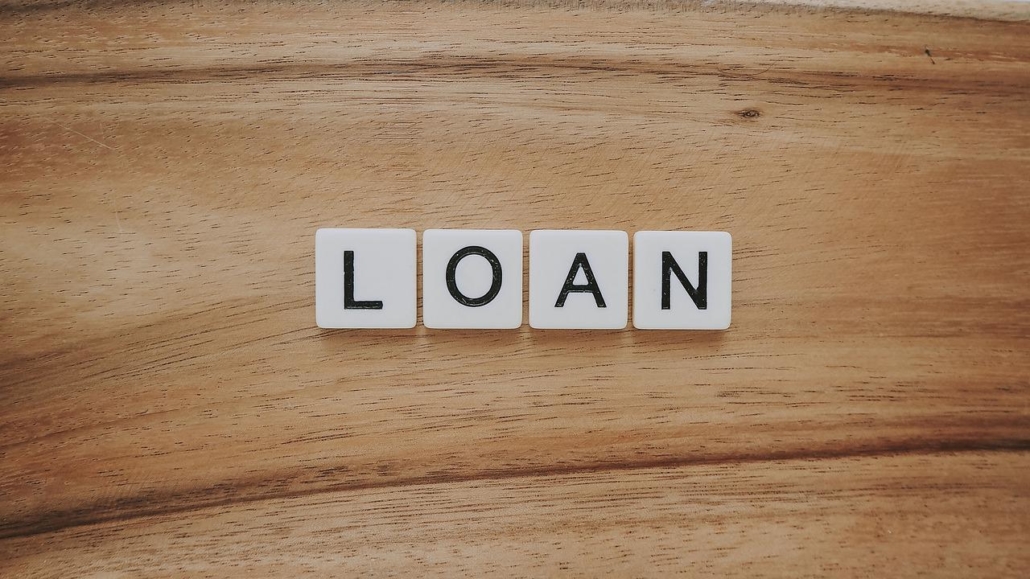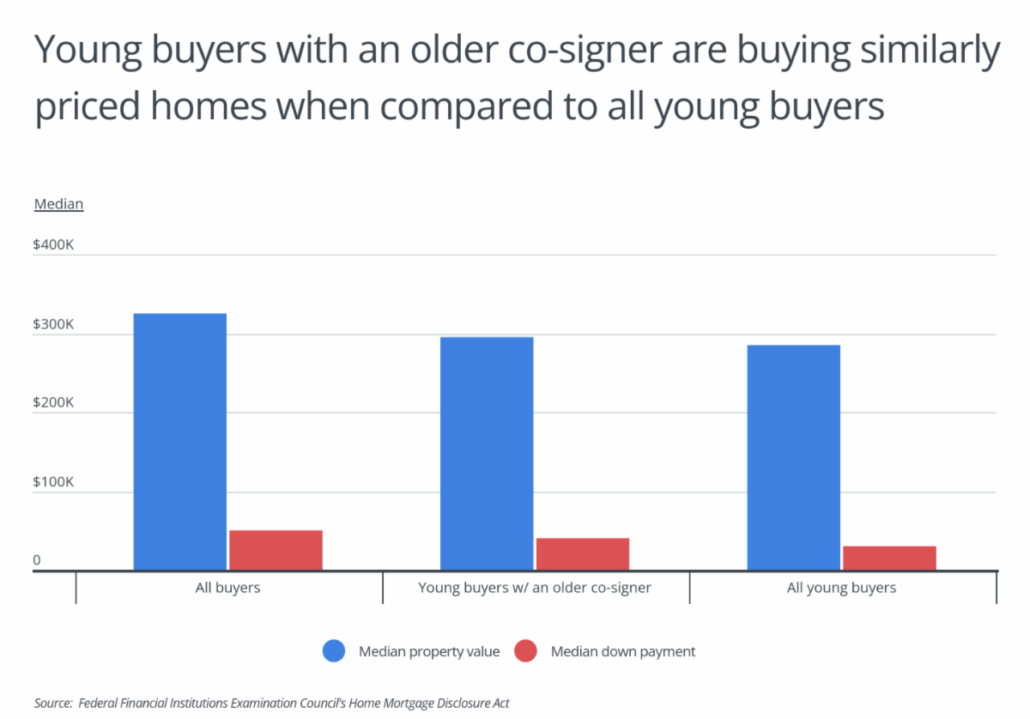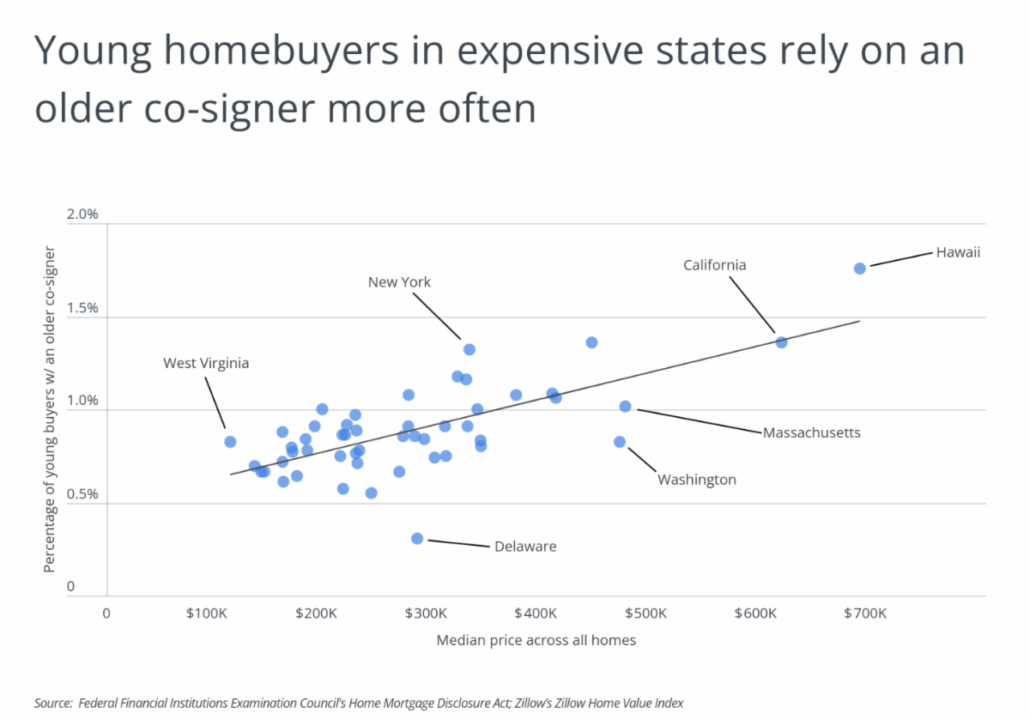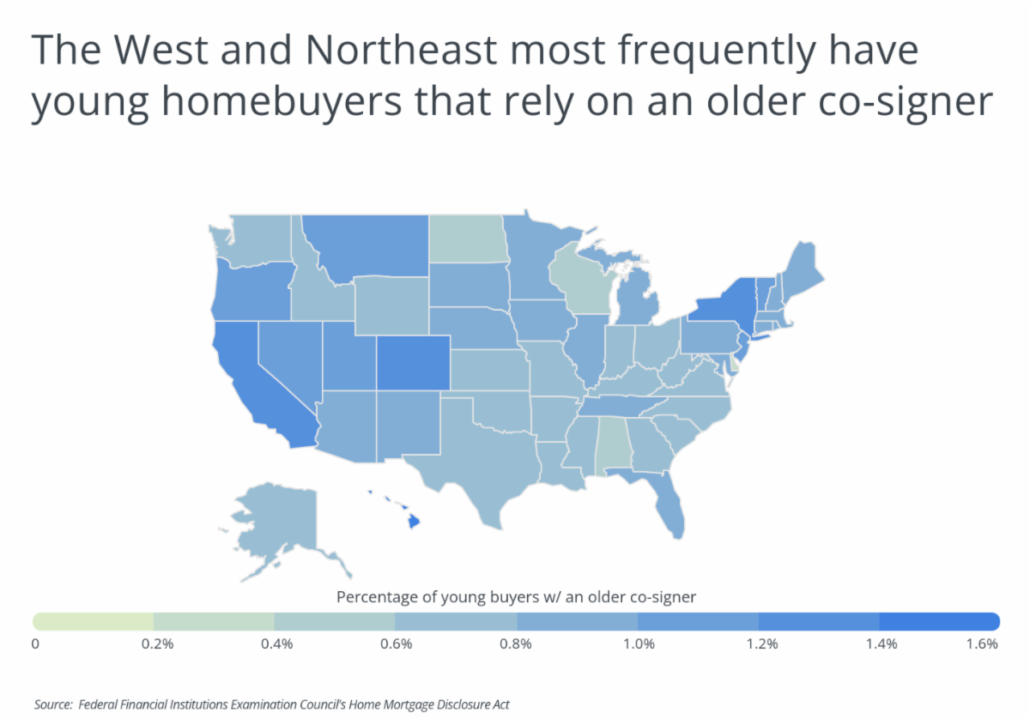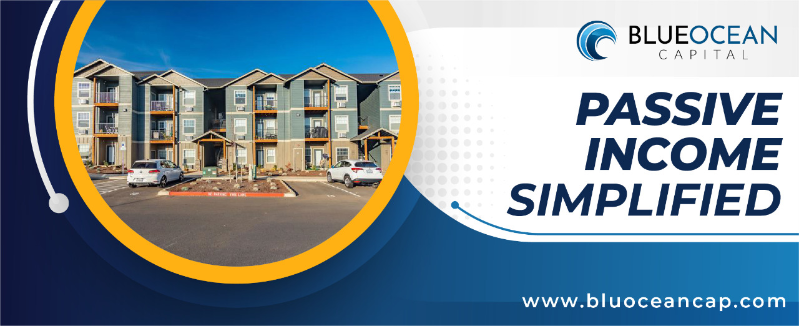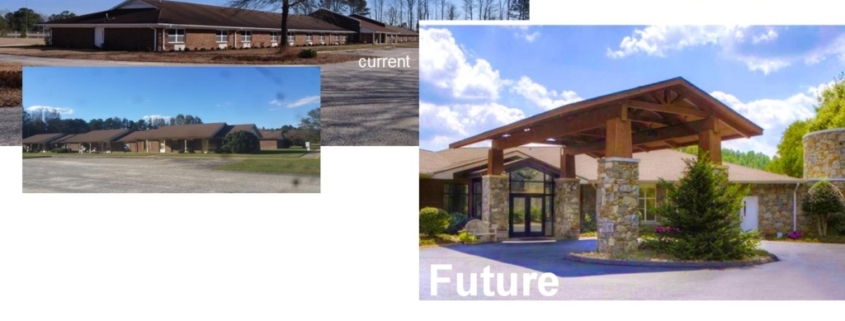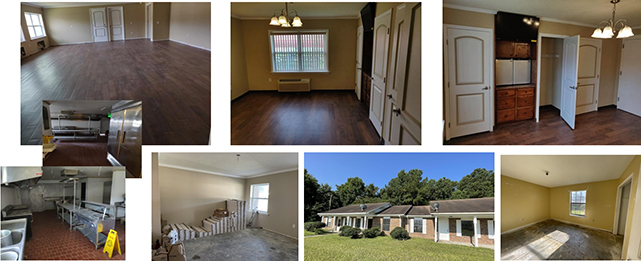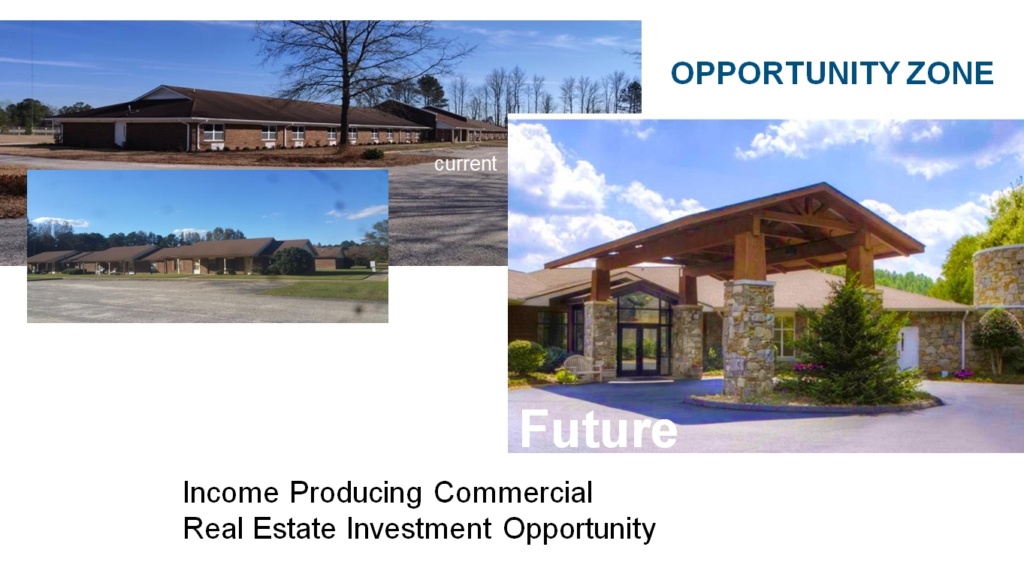Real Property Easements, An Overview. the Purpose & the Risks? (Part 2)
Image from Pixabay
By Dan Harkey
c 949 533 8315 e [email protected]
Real estate development patterns on a going-forward basis:
Laws have changed, sometimes dramatically, as we have experienced in California. California leadership has recently passed multiple laws to modify the nature of housing occupancy by the public. The changes include urban and suburban housing. The goal is to replace single-family buildings with high-density stack-and-pack cluster apartments and homes. Parking requirements and setbacks have been eliminated to pack them in.
Image from Pixabay
Many developers prefer high-density or cluster zoning and housing to maximize density, space, and profits. Cluster housing was initially defined as housing placement near each other, reducing individual land parcels and yard space to increasing open space and common area amenities. Larger areas of open space within the development form a buffer for adjacent land uses- additionally, cluster housing with homeowner associations would be responsible for the infrastructure maintenance.
There is a distinction between the written physical layouts or placement of easements and written usage agreements memorializing rights and responsibilities between the parties. A well-written agreement is designed to understand the terms and conditions and enforce them among the parties.
A part of centralized development planning is to determine the need and locations of property usage easements. They will be plotted and engineered as part of the approval and development process.
Suburban areas have historically consisted primarily of low-density residential, commercial, and industrial communities away from urban areas but within commuting distance for employment. Suburban communities have had their own political and governmental services jurisdictions.
Populations grew in suburbs because people wanted autonomy from the tightly controlled rules and hectic and congested lifestyles in densely populated urban settings. Suburbs usually provide an overall higher standard of living for a comparable income than the metro or urban lifestyle. Traffic congestion, commercial corridors, shopping, schooling, environmental issues, and freedoms that go with more land and open space make it worth the cost for people to commute into a city for work.
Image from Pixabay
Past President Obama issued a regulation known as AFFH (Affirmatively Furthering Fair Housing). The objective is to create progressive mini-urban cities within the suburbs. The objective was to have suburbs swallowed up by larger cities. These new mini cities would be subject to federal regulations and mandates taking control of zoning and development. This includes eliminating single-family zoning and forcing the building of medium to high-density low-income housing, thereby creating mini-urban-styled downtowns.
Eliminating local government control is the plan to destroy the suburban lifestyle.
Affirmatively Furthering Fair Housing (AFFH) works by holding the development process hostage to the U.S Department of Housing and Urban Development (HUD’s) Community Development Block Grants and federal-planning demands. Suburbs will be prohibited from receiving millions of dollars in HUD grants unless they eliminate single-family zoning, install low and moderate-cost housing, and consolidate and densify commercial and residential districts into stack-and-pack neighborhoods. Highway funds are also planned to be withheld for failure to comply.
Any objections by a local municipality will get municipal leaders of the suburbs sued for discrimination by civil rights groups and by the federal government.
The current administration has reactivated and placed Obama’s AFFH strategy a high priority.
Municipalities commonly use a tool of extortion to gain easements on specifically targeted properties. When the owner applies to process a tentative tract map, the city planners frequently condition the approval to include easements that have little or no benefit to the property owner. In many cases, property owners are even required to pay for the improvements. An “eminent domain action” is frequently used to force property owners to sell their property or allow specified easements. I refer to this as “easement by extortion.” In many cases, property owners are forced to pay for the improvements
In many cases, multiple parties who own adjacent properties, shopping centers, retail centers, industrial, and historic registry facades all require written easement agreements for mutual benefits to protect the interest of all participants. Examples include easements for parking, reciprocal access of ingress/egress corridors, access for installation and maintenance of utilities, operation and management of common areas, and many others.
https://www.nps.gov/tps/tax-incentives/taxdocs/easements-historic-properties.pdf
Actual case studies:
1) Two adjacent property owners who were friends owned and occupied two separate contiguous industrial parcels. The properties are in Gardena, CA. Each land parcel was 40 ft wide by 100 ft deep. The property owner on the right side wanted to build a zero-lot-line building structure that was 40 in width. A zero-lot-line means that the property was initially built-up to the property line with no setbacks. The left-side property owner agreed to construct his building only 30 feet wide so that there would be 10 feet available for ingress/egress of automobiles for use by both properties. The actual physical location for ingress/egress was only 10 feet of the left-side property. The right-side property possessed no other method of entry other than his left neighbor’s property. No written agreements existed, but merely two good old boys who agreed with a handshake and hopefully an occasional cold beer at the local Kelsey’s bar.
An argument and litigation for a prescriptive easement right would be justified since the buildings were built in the 1960s. The original owners and subsequent owners have operated that way ever since.
The right-side property owner owned his property free and clear. The left-side property owner had the first lien of $300,000. A lender suggested that the property owners hire a civil engineer and a lawyer to draft a reciprocal usage easement for ingress/egress. The owners must submit the plans and agreement to the building and planning department for approval. Upon city approval, the reciprocal easement agreement could be recorded. Once the contract was signed and recorded, the easement would remain on the property title.
In this fact-specific case, the problem was that the newly drafted easement would be recorded in the first lien position on the right-side property but as a second lien position on the left-side property. The left-side property’s recorded easement would be in a second lien position behind a $300,000 first trust deed lender. If the borrower on the left side defaulted on his loan and the property was lost in foreclosure, the recorded usage easement would be foreclosed, extinguished, or ceased. Subsequent owners would be damaged and have no right of access. Lack of access for automobile ingress/egress would drastically diminish the functionality and desirability, and the value would be severely affected.
Image from Pixabay
2) An auto body and fender shop fronted on a busy street but had no direct access to the auto storage yard. Entry into the repair shop was available only through an alleyway. All the properties along the street have the same issue and potential risk.
The lender’s task in processing and underwriting a requested loan was to verify that the alley right-of-way was either a publicly owned street or a written reciprocal easement agreement signed and approved by the property owners who required continued access through the alleyway. The recorded easement was verified that it existed and did run with the land. Risk abated.
Image from Pixabay
3) A barbershop operator had the chance to purchase the real property at the location of his operating business. The location was an A+ situated at the entry to a regional shopping mall. Part of the lender’s processing and underwriting staff’s task was to verify a reciprocal parking easement agreement for all the tenants in the shopping center and the inline retail shops near the entry. The recorded easement was verified and did, in fact, run-with-the-land. Risk abated.
4) A small shopping owner and adjacent church struck an informal deal to use each other’s parking. An informal letter arrangement was arranged between two property owners who mutually benefited by being able to use the other owner’s property. The informal agreement does not run with the land. The arrangements are usually for a specified time and are cancellable with a 30/60/90-day notice. Although Sunday mornings were problematic, a large church occupied one side of the street, with marginally adequate parking. Church attendees were able to use the available parking across the street. There is a shopping center across the street with semi-adequate parking, although Saturdays are problematic. A letter agreement was drawn up for common usage of parking rather than an easement. The agreement specifically spelled out the terms of times for needed use of both parties and was cancellable by either party with a 60 days’ notice. There is an unsolved risk because of the informal nature of the agreement.
5) Land loan. A lender made a commercial loan on a vacant parcel adjacent to a large shopping center. The parcel was located strategically at the most prominent entry to the shopping center.
Image from Pixabay
An appraisal was obtained that reflected values as a developed small commercial for drive-through fast food or coffee establishment.
The parcels necessitated every square inch for development with little flexibility. Parking was adequate because it was adjacent to the large shopping center with no prohibitions on the number of spaces. There were no parking easements, but there was also no prohibition.
The borrower’s attorneys drafted an agreement. The principal property owner made a deal with the largest shopping center tenant to place prominent entrance monument signage on the subject parcel without the knowledge of the land lenders. The property owner/borrower attempted to strongarm the land lender into signing it the subordination agreement making the land lender’s first lien junior to the signage easement.
Image from Pixabay
What a preposterous and foolish request! But the borrower/owner of the property was looking for a fool of a lender. How about a massive unforeseen risk for a lender? The lender rightly refused the request.
If the lender had agreed to sign the subordination and allowed a colossal monument sign in the middle of the vacant commercial parcel, the parcel value would have plummeted to a small park to donate to the local municipality as a feel-good exercise.
Understanding easements in relation to real estate ownership and development is full of complex issues. Civil engineers and land planning lawyers specializing in this section of real estate law should assist in drawing the property boundaries, alignments, and applications for municipal approvals. Work with a title company to have the easements recorded and insured. Assess the benefits and risks. Do not circumvent best practices.
Thank You
Dan Harkey
This article is an overview for a general educational purpose only. The information presented should not be relied upon without the advice of counsel.
Dan Harkey is a contributing author to Weekly Real Estate News and is a Business & Financial Consultant. He can be contacted at 949-533-8315 or [email protected].
Learn live and in real-time with Realty411. Be sure to register for our next virtual and in-person events. For all the details, please visit Realty411Expo.com or our Eventbrite landing page, CLICK HERE.







